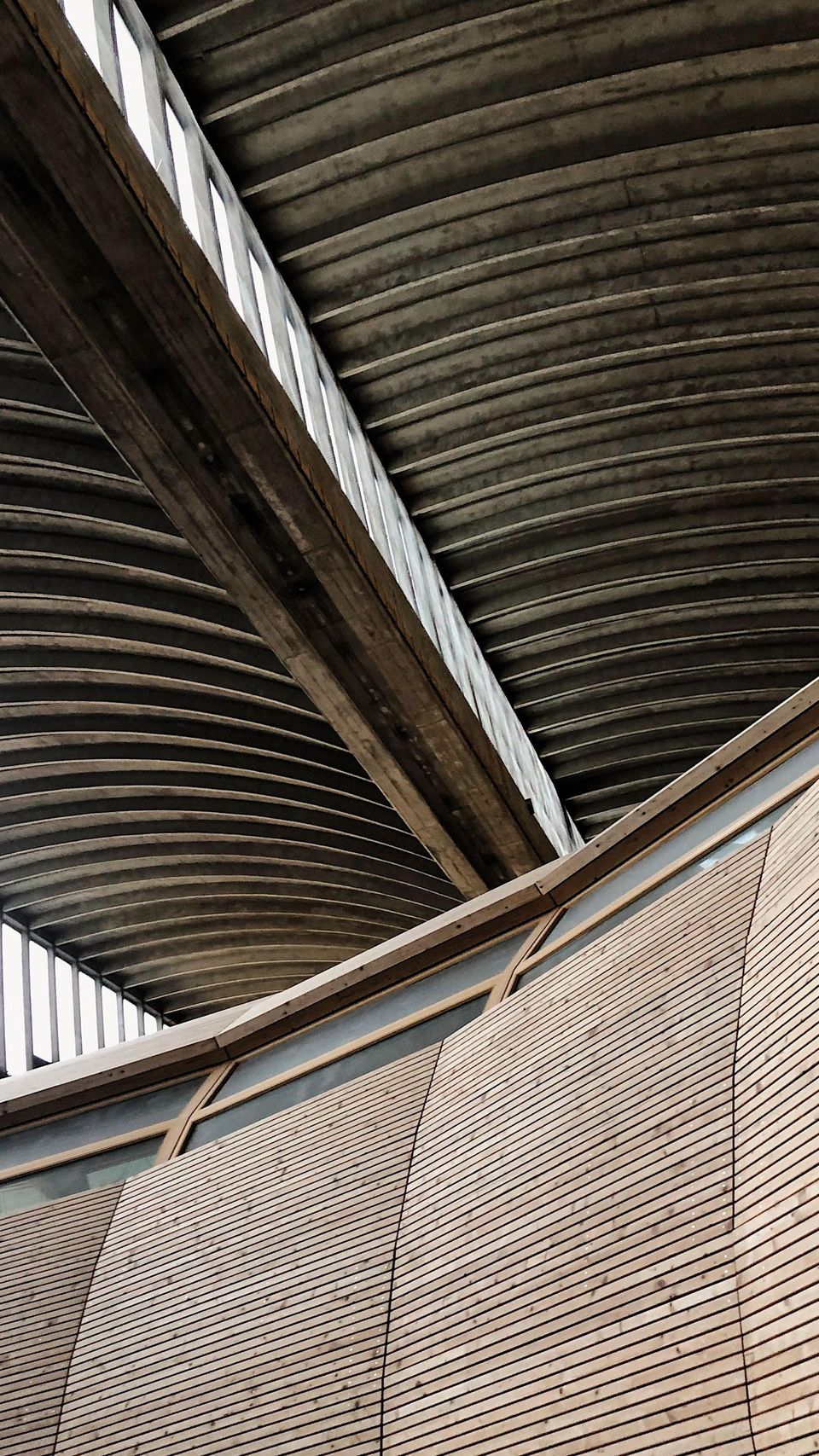

National
Centre for Tumour
Tumour Diseases
More space for cancer research in the new timber building
Location:
Heidelberg
Client:
Deutsches Krebsforschungszentrum (DKFZ)
Architecture:
Behnisch Architekten, Stuttgart
Structural design timber construction:
Pfefferkorn Ingenieure, Stuttgart
Size timber construction:
3,400 m² cross-laminated timber, 66 m³ glulam construction, 1,600 m² timber and glass façade
The important research of the National Centre for Tumour Diseases has been given more space: a three-storey timber construction with lots of visible wood inside creates a warm, light environment. The new building blends into the existing context and adds the renewable, CO2-binding raw material wood to the variety of materials used in the existing buildings.
The architectural design presented exciting challenges and made us the ideal project partner: cantilevered cross-laminated timber ceilings and terrace projections and recesses on the staggered storeys. The spacious, covered roof terrace and the surrounding, cantilevered main roof are particularly visually appealing. With the non-rectangular floor plan and the roof as a folding structure, the design also placed high demands on the implementation in timber construction, where our many years of expertise in individual construction projects paid off.

The new building is a composition of different types of wood: the supporting structure is made of spruce glulam, the timber and glass façade is made of oak glulam, the flights of stairs are made of BauBuche and the parapet strips that form the façade are made of Kerto-Q laminated veneer lumber. The staircase was a novelty in timber construction: each flight of stairs consists of one piece. We glued BauBuche together in blocks and cut the steps from the block. The flight of stairs is therefore self-supporting. In other areas of the interior, too, many visible wooden surfaces lend the rooms a warm, pleasant atmosphere for socialising and working.






















